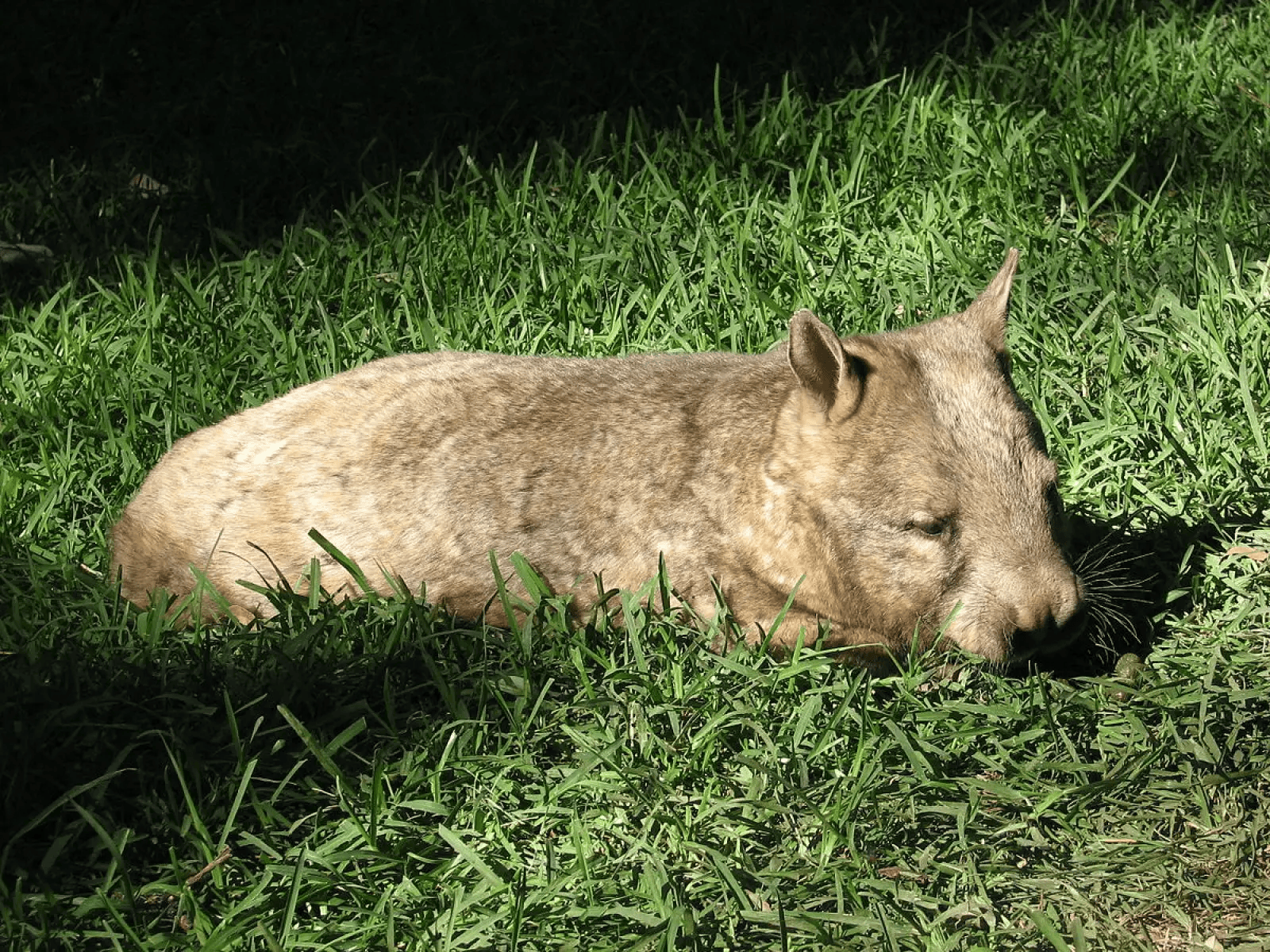
Why Northern Hairy-nosed Wombats are Australia’s Most Endangered
Australia’s wildlife is known for being distinctive and varied. From kangaroos to koalas, the land down under is home to a plethora of species found nowhere else on Earth. However, amidst this rich biodiversity, some species teeter on the brink of extinction. One such species is the Northern Hairy-nosed Wombat (Lasiorhinus krefftii), which holds the unfortunate title of being Australia’s most endangered mammal. This blog delves into the reasons why the Northern Hairy-nosed Wombat is facing such dire straits and what is being done to save it from vanishing forever.
Table of Contents
Understanding the Northern Hairy-nosed Wombat
To truly appreciate the plight of the Northern Hairy-nosed Wombat, it’s essential to understand what makes this marsupial so special. Northern Hairy-nosed Wombats are robust, nocturnal herbivores that dwell in underground burrows. They are easily distinguished from their close relatives, the Southern Hairy-nosed Wombats and Common Wombats, by their larger size and distinctively hairy noses. These wombats have a remarkable ability to survive in harsh conditions, but even their resilience has limits.
Habitat Destruction: A Major Threat
The primary reason for the Northern Hairy-nosed Wombat’s endangered status is habitat destruction. Historically, these wombats were widespread across eastern Australia, inhabiting open woodlands and grasslands. However, human activities such as agriculture, urban development, and land clearing have drastically reduced their natural habitat. Today, the species is confined to just one location: the Epping Forest National Park in Queensland.
The reduction in their habitat has led to a loss of suitable burrowing sites and food sources. Without access to their preferred diet of native grasses, the wombats struggle to find adequate nutrition. Additionally, the fragmentation of their habitat makes it challenging for wombats to find mates and establish new colonies, further exacerbating their population decline.
Predation and Competition
Another significant threat to the Northern Hairy-nosed Wombat is predation by introduced species. Animals such as dingoes, foxes, and feral dogs pose a constant danger to these vulnerable marsupials. Young wombats, in particular, are at high risk of predation, which hampers the species’ ability to reproduce and maintain a stable population.
In addition to predation, competition for resources with other grazing animals, both native and introduced, adds to the wombat’s challenges. Species such as kangaroos and livestock compete with wombats for the same food sources, making it even harder for them to survive in their already limited habitat.
Disease and Genetic Bottleneck
The Northern Hairy-nosed Wombat population is also susceptible to disease. A limited gene pool due to the small population size increases the risk of inbreeding and the spread of genetic disorders. This genetic bottleneck weakens the wombats’ overall health and makes them more vulnerable to diseases that could further decimate their numbers.
Conservation Efforts
Despite the grim outlook, there is hope for the Northern Hairy-nosed Wombat. Conservationists and researchers have been working tirelessly to save this iconic species from extinction. Several initiatives are in place to address the various threats facing the wombats and to promote their recovery.
Habitat Protection and Restoration
One of the key strategies in wombat conservation is the protection and restoration of their habitat. Efforts are underway to secure and expand protected areas like the Epping Forest National Park. Habitat restoration projects aim to improve the quality of the wombats’ environment by replanting native grasses and reducing competition from other grazing animals.
Predator Control
To mitigate the threat of predation, predator control programs have been implemented. These programs involve the removal of feral predators from wombat habitats and the installation of predator-proof fencing around critical areas. By reducing the number of predators, conservationists hope to increase the wombats’ chances of survival and reproduction.
Breeding Programs
Captive breeding programs are another vital component of wombat conservation. These programs aim to increase the population size and genetic diversity of the Northern Hairy-nosed Wombat. Breeding programs also provide a safety net in case the wild population experiences a catastrophic decline. Young wombats born in captivity can be reintroduced into the wild to bolster the existing population.
Research and Monitoring
Ongoing research and monitoring are crucial to understanding the needs and behaviors of the Northern Hairy-nosed Wombat. By studying their habitat preferences, dietary requirements, and reproductive patterns, researchers can develop more effective conservation strategies. Monitoring efforts also help track the success of conservation initiatives and identify areas that need further attention.
The Road Ahead
The plight of the Northern Hairy-nosed Wombat is a stark reminder of the fragile state of Australia’s unique wildlife. While significant progress has been made in conserving this endangered species, much work remains to be done. Continued support from governments, conservation organizations, and the public is essential to ensure the survival of the Northern Hairy-nosed Wombat.
Conclusion
The Northern Hairy-nosed Wombat’s status as Australia’s most endangered mammal is a sobering reality. Habitat destruction, predation, competition, disease, and genetic bottlenecks have all contributed to their decline. However, with dedicated conservation efforts and a commitment to protecting their habitat, there is hope that this remarkable marsupial can be saved from the brink of extinction. The survival of the Northern Hairy-nosed Wombat depends on our collective efforts to preserve the natural world and the incredible species that call it home.
